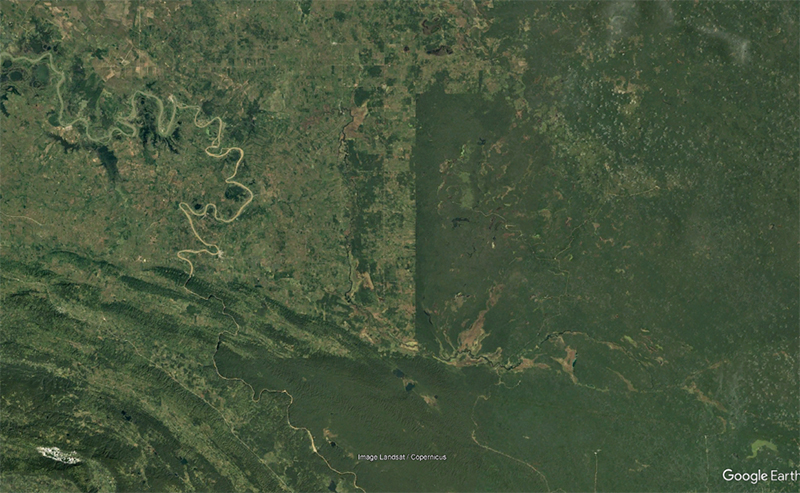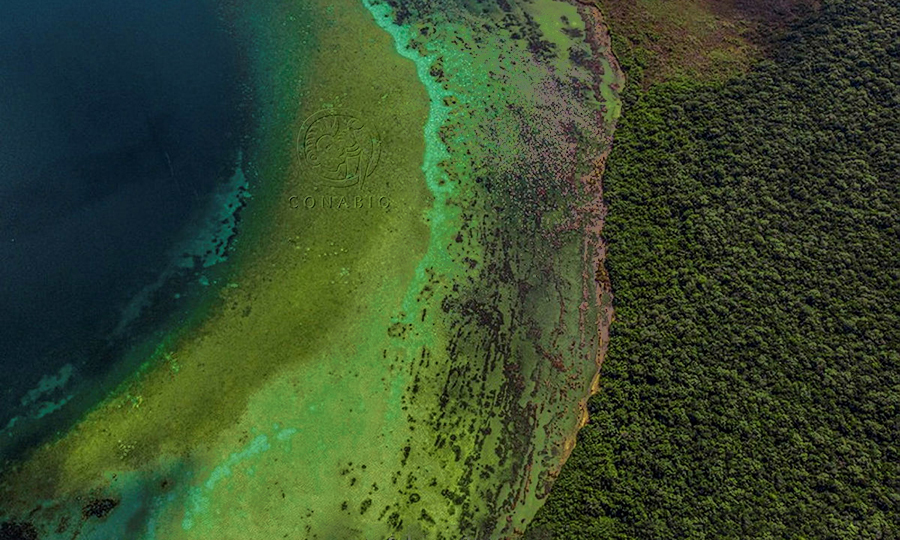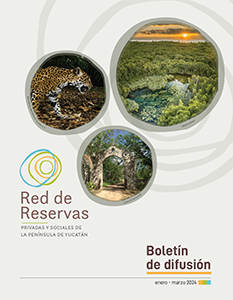NATURAL AND CULTURAL RICHNESS
The Yucatan Peninsula, with over 14 million hectares, is home to the Maya tropical forest, and its extraordinary biological richness. There area around 3,000 plant species, over 640 fungi species and 6,800 animal species. In spite of the great disturbances on the ecosystems, this tropical forest has healthy top predator populations and their prey, such as jaguar, cougar, tapir, monkeys, peccaries and deer, 132 mammal species , 110 reptile species and over 545 bird species.
Local ecosystems include tall, medium and low tropical forests, flooded forest, sabanas, wetlands, cenotes, a few inland lagoons (Yalahau, Chichankanab), coastal lagunes, stuaries, petenes, mangroves, coastal dune vegetation, sea grasses and coral reefs.
These tropical forests and coastal mangroves are efficient carbon sinks, much needed in the global efforts to stabilize the Earth´s climate.
The most abundant Jaguar populations of Mexico live in the Yucatan Peninsula
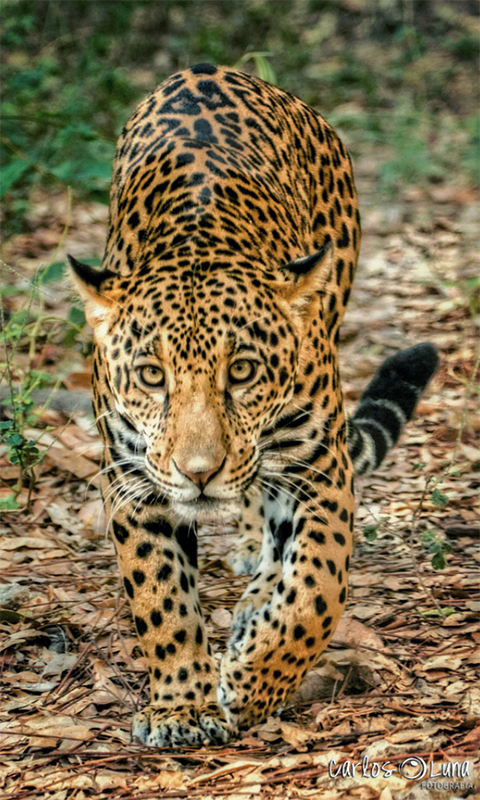
JAGUAR | ©Carlos Luna
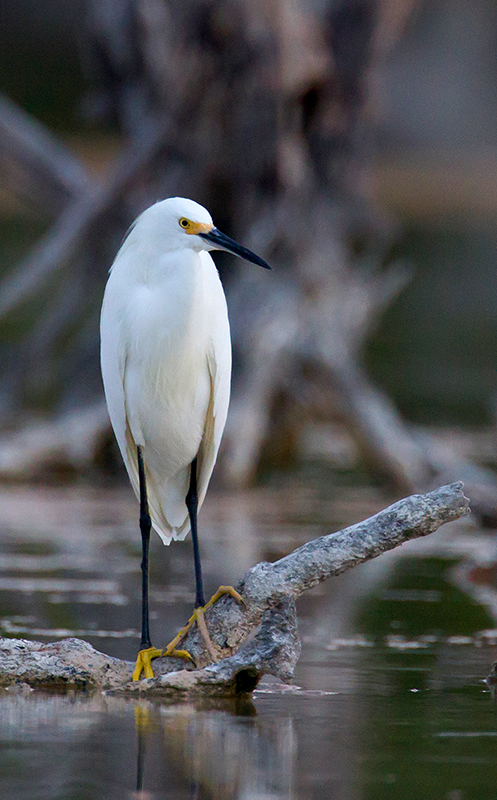
SNOWY EGRET | ©Iván Montes de Oca Cacheux
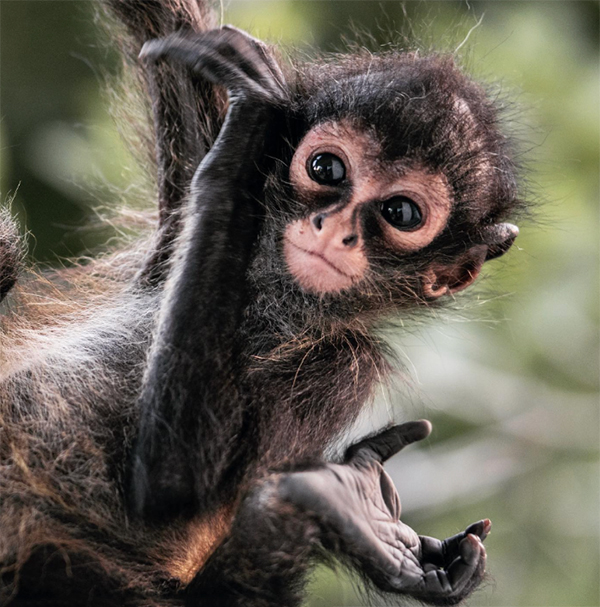
SPIDER MONKEY | © Martin Broen

BROCKET DEER | © Leonor Vázquez
The distribution of some charismatic species coincides with the Yucatan Peninsula Biotic Province which includes part of Guatemala and Belice: the Yucatan brown brocket, the Ocellated turkey, the Caribbean dove, the Yucatan mud turtle and the Black howler monkey. There are around 200 endemic plant species like Mexican ponytail, Kanzacam organ, saktoy, Pot tsakam, Machiche, Chimay, piñón, Black catzin, Mountain xuul (Pérez-Sarabia et al. 2017).
Endemism in cenotes is outstanding with several species of shrimps and crabs(Cenote crab, Cenote chacal crab, Yucatan coral shrimp, cochinilla yucateca), and fishes (Blind white dame, Yucatan blind anguila, Yucatan tetra); and in Cozumel Island (Cozumel racoon, Cozumel island , Cozumel scorpion).
